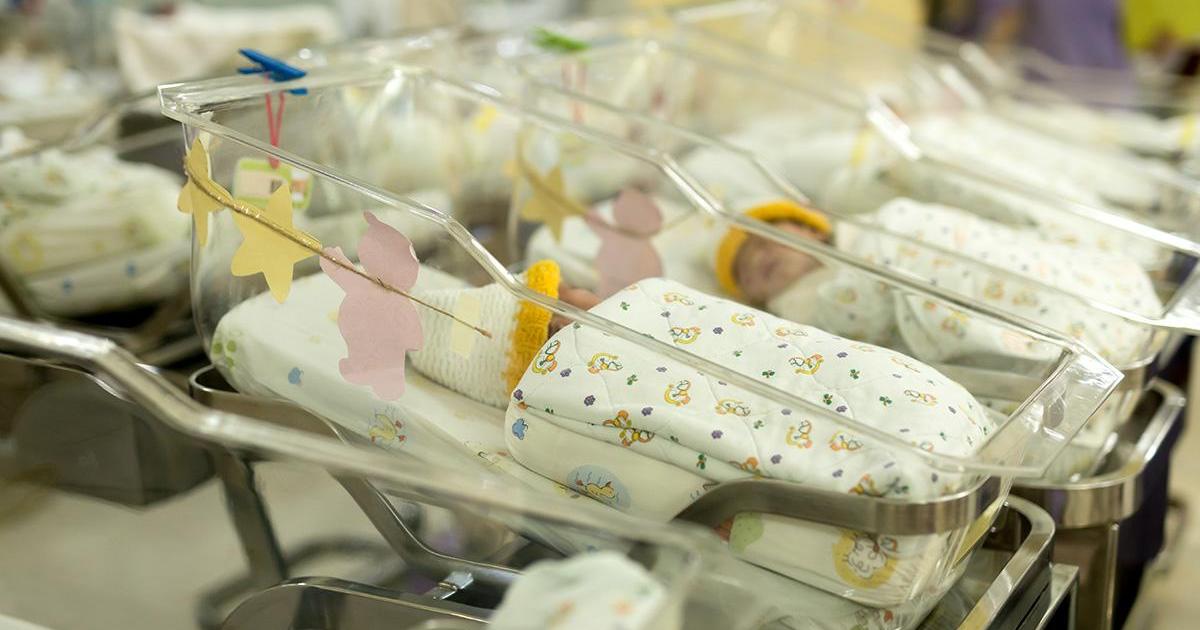Malta has maintained the trend of having the lowest birth rate in Europe, according to an EU report compiling various statistics from various fields.
Key Figures on Europe is an annual publication by Eurostat, the EU’s statistics office, that offers a concise, visual, and user-friendly overview of key socio-economic indicators across the European Union (EU), EFTA, and candidate countries.
According to the report, Malta’s fertility rate is 1.06. This means that on average, each woman in Malta is having just over one child.
By contrast, Bulgaria has the highest fertility rate in Europe, with 1.81 live births per woman.
One way to mitigate such a low birth rate is to encourage migration. Indeed, Malta has also seen the highest rate of population increase (31.6 per cent) between 2014 and 2024, followed by Luxembourg and Iceland. Unsurprisingly, the vast majority of this increase resulted from migration.
Malta’s population hit 574,250 by the end of 2024, marking a 1.9 per cent increase but this growth was largely fuelled by net migration, largely from non-EU countries. Almost 30 per cent of the population are foreign citizens.
Insights on Malta’s business landscape
According to the report, Malta has one of the highest proportions of micro-enterprises (businesses with 10 employees or fewer), comprising over 94 per cent of active enterprises.
This places it among the top three EU countries in this category, alongside Greece and Portugal.
Malta’s economy is highly service-oriented, with financial and insurance activities contributing a significantly higher share than the EU average.
Tourism-related services (accommodation and food) also contribute more to value added than in many other countries.
Malta also ranks above the EU average in cloud service usage by enterprises, electronic information sharing, and the use of Enterprise Resource Planning (ERP) software – business management software that integrates various business processes and functions into a single, unified system.
The country is also among 12 EU countries where over 45 per cent of firms use cloud computing.
The report reveals a moderate but growing share of employment in high-tech manufacturing and knowledge-intensive services.
When it comes to the gender pay gap, Malta is one of the better-performing countries in Europe, with men earning just over five per cent more than women, compared to Latvia, which at 19 per cent has the worst gender pay gap on the continent.
Still lagging behind on recycling and organic farming
The report is less flattering when it comes to Malta’s recycling efforts. Malta has one of the lowest rates of recycling of materials in the EU, at under 10 per cent – well below the EU target.
Meanwhile, only 0.8 per cent of Malta’s total utilised agricultural area was used for organic farming, the lowest rate in Europe.
Malta was also the only EU country in the report to register a forested area of less than 10 per cent, with just 1.5 per cent.
